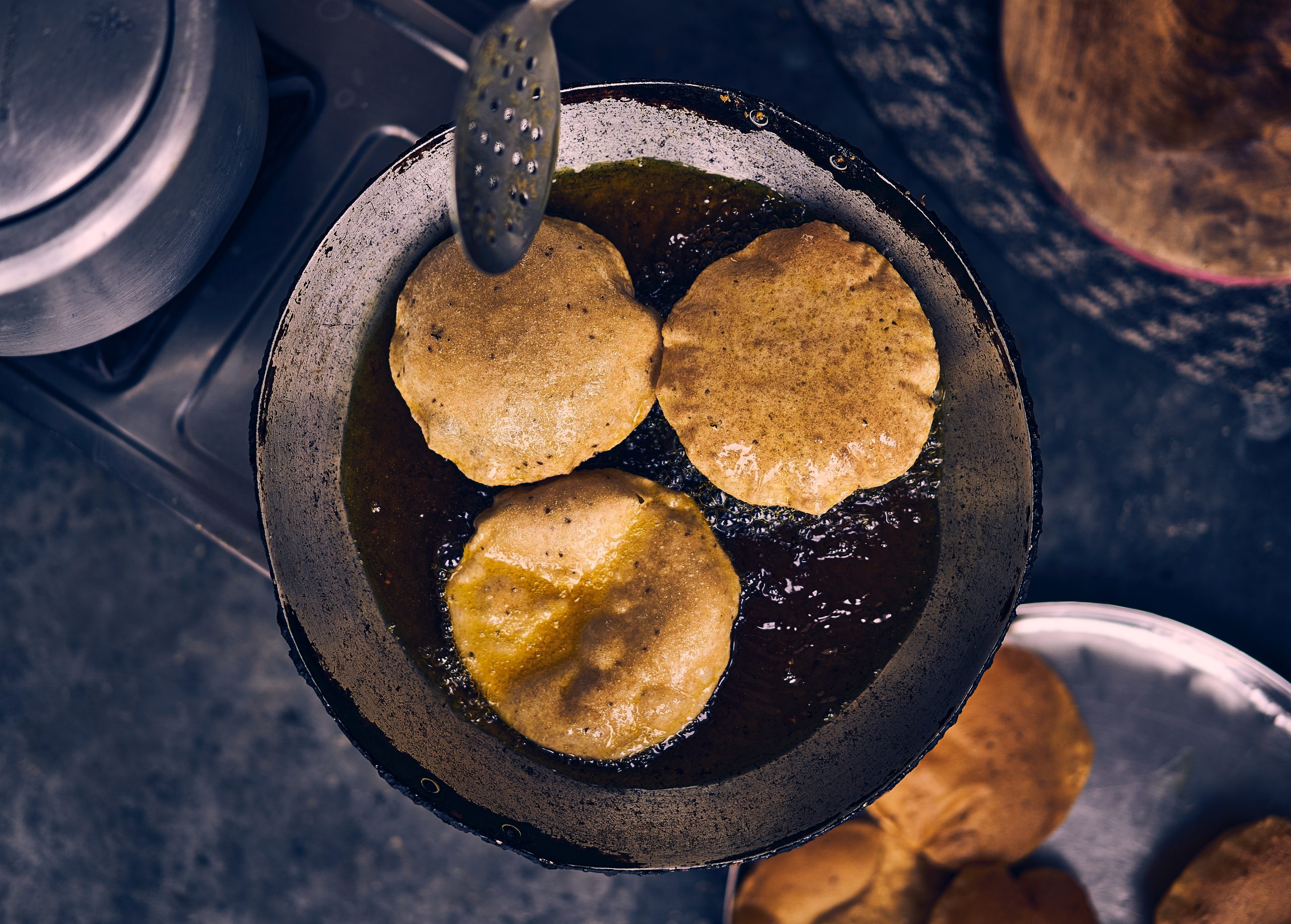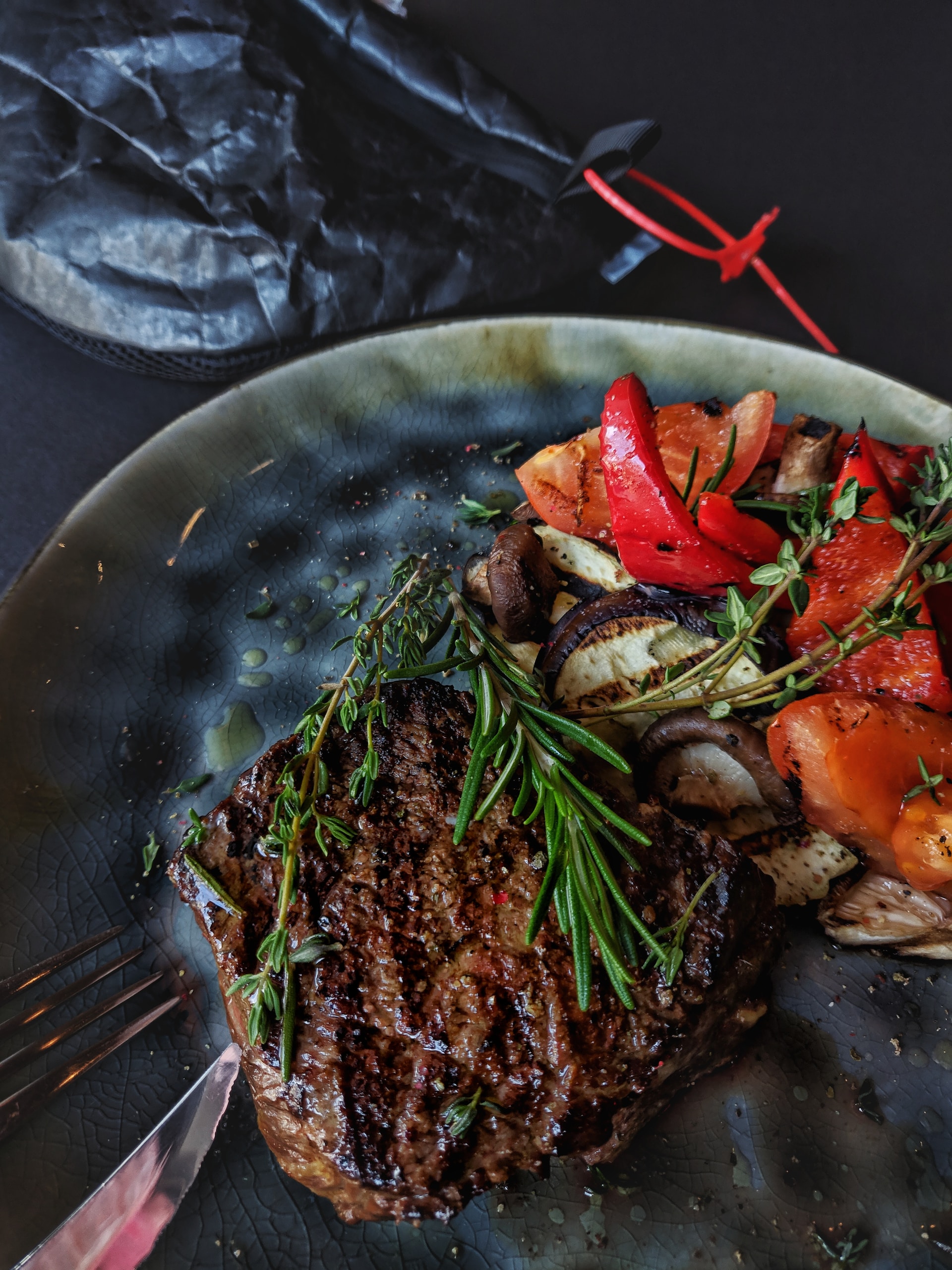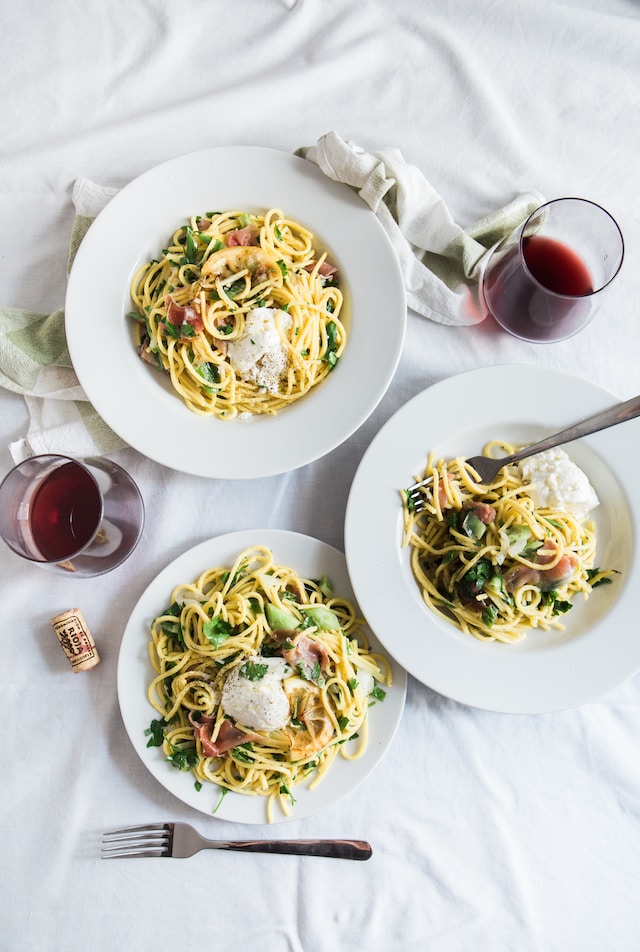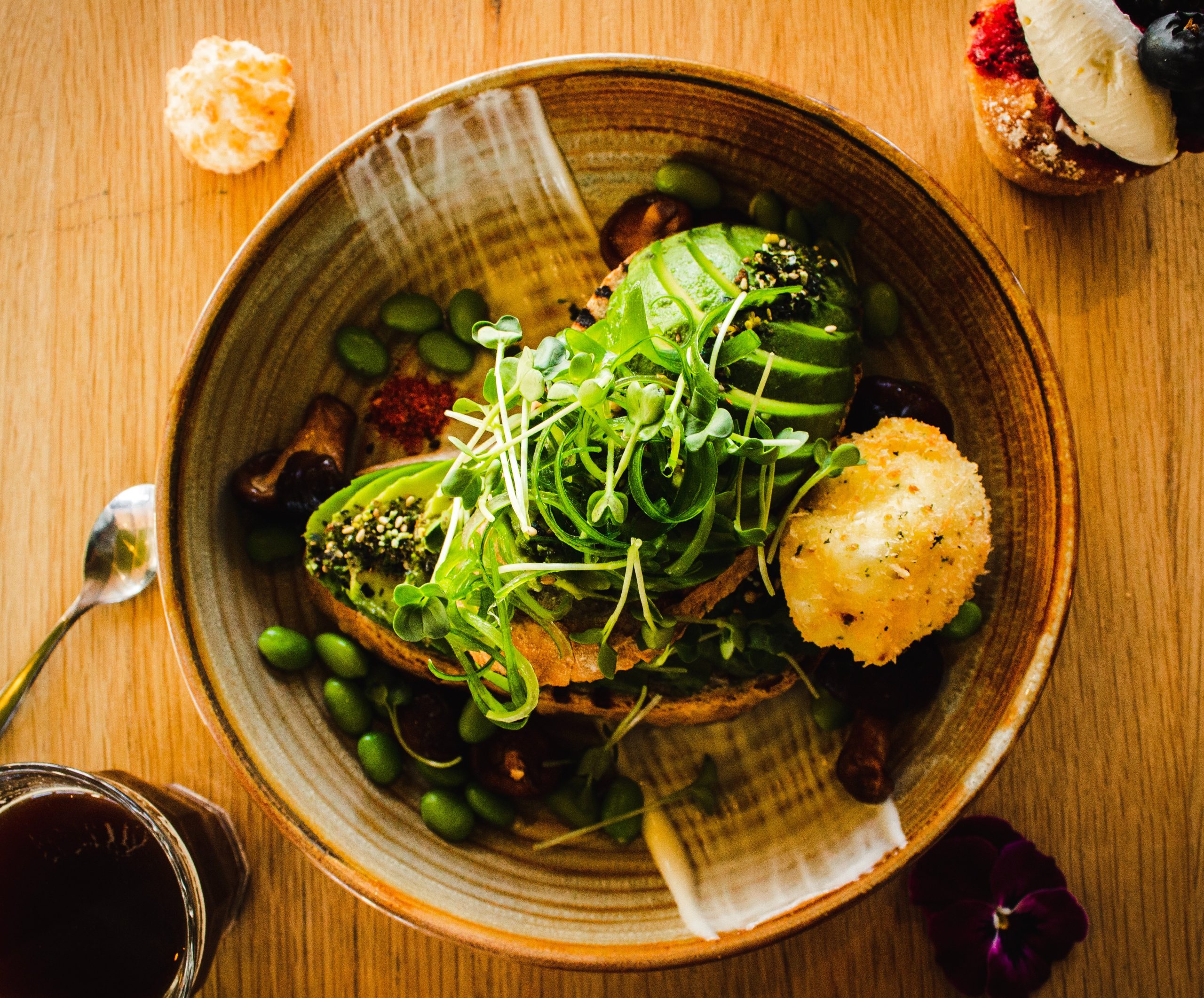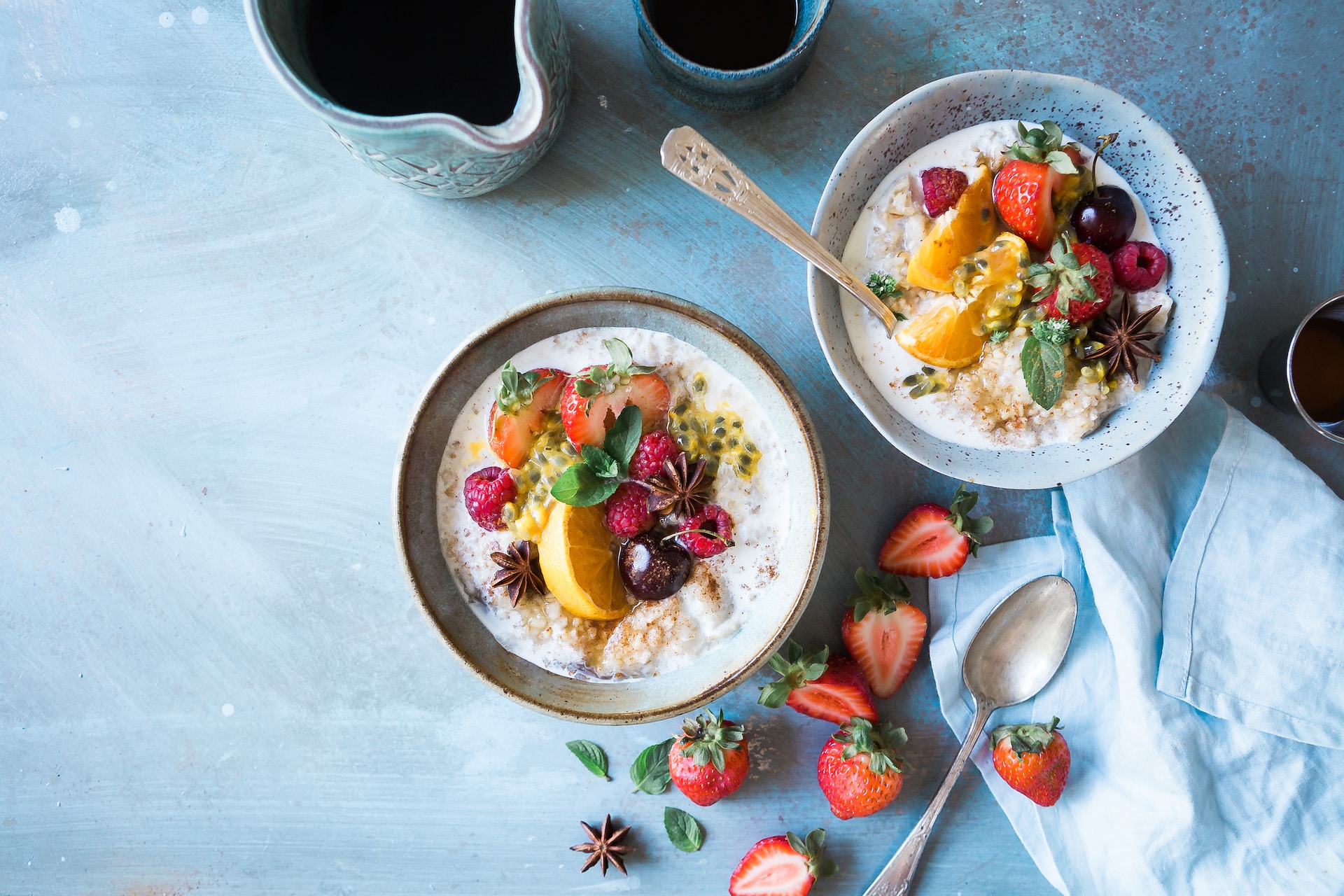Have you ever wondered why some foods have that irresistible golden-brown color and deliciously savory flavor? It’s all thanks to the magical process of browning! Browning occurs when heat causes sugar and proteins in food to react, creating a complex web of flavors and aromas. But how do you achieve that perfect balance between crispy goodness and tender juiciness without burning your food? Fear not, because we’ve got 6 must-know tips for mastering the art of browning. From searing meat to caramelizing veggies, get ready to take your cooking skills to the next level!
Understanding Browning
Browning is a culinary technique that has been used for centuries to create rich and flavorful dishes. At its core, browning is the process of cooking food at high heat until it turns brown on the outside. But why does this simple technique result in such deliciously complex flavors?
The answer lies in the chemical reactions that occur during browning. When heated, sugars and proteins in food undergo a series of chemical changes that transform their flavor, aroma, and texture.
One key reaction that occurs during browning is called the Maillard reaction. This reaction takes place when amino acids (the building blocks of proteins) react with reducing sugars (such as glucose or fructose) under high heat. The end result is a complex mixture of compounds like melanoidins, which contribute to the unique taste and color associated with browned foods.
Another important factor in browning is the presence of moisture in your food. Too much moisture can inhibit browning by creating steam instead of allowing direct contact between your food and hot surfaces like pans or grills.
By understanding these basic principles behind Browning, you can begin to unlock new depths of flavor and creativity in your cooking!
How Heat Affects Food
The way that heat interacts with food is essential to understanding how to brown it correctly. Heat not only affects the texture of food but also the flavors we experience.
When food is exposed to high heat, chemical reactions occur that create new flavors and textures. One such reaction is the Maillard reaction, where amino acids and sugars in food combine under high temperature, creating a deep brown color and rich flavor.
The amount of heat used plays a crucial role in browning as too little can cause pale results while too much can lead to burnt or bitter tasting foods. It’s important to find the right balance which varies depending on what you are cooking.
Additionally, different cooking methods affect browning differently. For example, dry-heat methods like grilling and roasting rely on radiant heat for penetration into the food while moist-heat methods like braising use steam instead.
By mastering how heat affects your ingredients when browning them, you’ll be able to develop complex flavors and textures that will take your dishes from ordinary to extraordinary!
Tips for Proper Browning
Proper browning is an essential technique that can elevate the flavors and appearance of your dishes. Here are some tips to help you achieve perfect browning:
1. Dry food before cooking: Moisture impedes the Maillard reaction, which is responsible for creating a rich brown crust on food. Be sure to pat dry meat or vegetables with paper towels before adding them to a hot pan.
2. Heat your pan properly: A hot pan ensures that food browns evenly and quickly without sticking or burning. Preheat your skillet or oven at least two minutes before adding oil or butter.
3. Don’t overcrowd the pan: Overcrowding leads to steaming instead of browning because it lowers the temperature in the pan and releases juices from the food, preventing heat transfer necessary for proper browning.
4. Use enough fat: Fat promotes even heat distribution as well as flavor development by carrying aromatics throughout your dish while also serving as a nonstick barrier between food and cookware.
5. Resist moving foods too soon; if they are stuck, let them sit until they release themselves naturally (a sign that desired searing has occurred). For maximum contact with a heated surface, press down lightly on meats using tongs until their natural tendency toward curling subsides.
By following these simple tips, you’ll be able to master proper browning techniques like a pro!
The Best Way to Sear Meat
When it comes to searing meat, there are a few key things you should keep in mind. First and foremost, always make sure your pan is hot enough before adding the meat. This will ensure a nice crispy exterior while keeping the inside juicy and tender.
Use a high smoke point oil such as canola or grapeseed oil instead of butter or olive oil which have lower smoke points and can burn easily during the cooking process.
Next, season your meat generously with salt and pepper on both sides. You could also add additional herbs or spices depending on your preference.
When placing the meat in the pan, be careful not to overcrowd it as this will result in steaming rather than searing. Give each piece of meat enough space so that they cook evenly.
Let the meat cook undisturbed for a few minutes until it forms a golden crust before flipping over to repeat on the other side. Use tongs instead of forks to avoid piercing through the surface which results in loss of juices.
Allow resting time once cooked by transferring them into an oven preheated at 350°F (180°C) for about five minutes before serving for more even heat distribution throughout its core.
How to Finish a Dish: Caramelizing and Saucing
The finishing touches of a dish are crucial to elevating its flavor profile. One way to add depth and complexity is through caramelizing, which involves browning sugars in the presence of heat. This process can be achieved by cooking ingredients such as onions or carrots over medium-high heat until they become golden brown.
Caramelization not only adds sweetness but also imparts a nutty and savory flavor that complements many dishes, from roasted vegetables to sauces. A common technique for achieving this effect is deglazing, where you scrape up any browned bits left on the pan with liquid like water or wine.
Another important aspect of finishing a dish is saucing. Whether it’s a creamy béchamel or tangy tomato sauce, proper saucing can take your dish from good to great. It’s important to consider the balance between texture and taste when creating your sauce – too thick and it might overpower the other elements on your plate; too thin and it won’t cling properly.
To achieve a perfectly balanced sauce, make sure you use quality ingredients like fresh herbs and spices, reduce your liquids down before adding any additional seasoning or flavors (like cream), and don’t forget about acidity – whether that means adding lemon juice or vinegar at the end!
In summary, caramelizing and saucing are two essential techniques in mastering the art of browning. By utilizing these methods effectively,
you can add layers of flavor complexity into any dish!
Tips for Healthy Eating on a Low-Carb Diet
Incorporating browning techniques in your cooking will surely elevate the flavors of your dishes. However, it’s important to also consider the health aspect of our meals. If you’re following a low-carb diet or simply want to make healthier choices, here are some tips for healthy eating:
1. Choose lean protein sources such as chicken breast, turkey, fish and tofu.
2. Incorporate plenty of non-starchy vegetables like leafy greens, broccoli and cauliflower.
3. Use healthy fats like olive oil and avocado oil for cooking and dressings.
4. Avoid processed foods and sugary drinks.
Remember that healthy eating doesn’t have to be boring or tasteless. By mastering the art of browning using these tips, you can create delicious and nutritious dishes that will satisfy both your taste buds and body!






